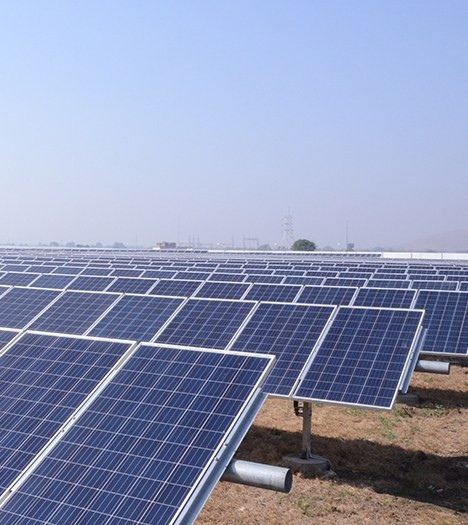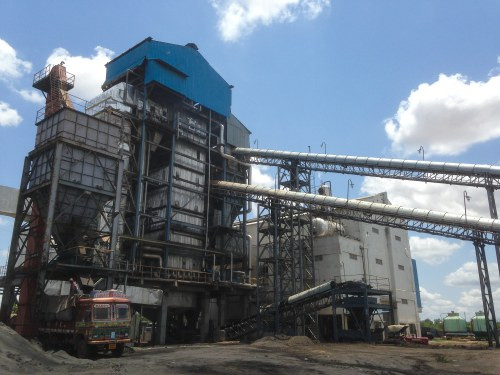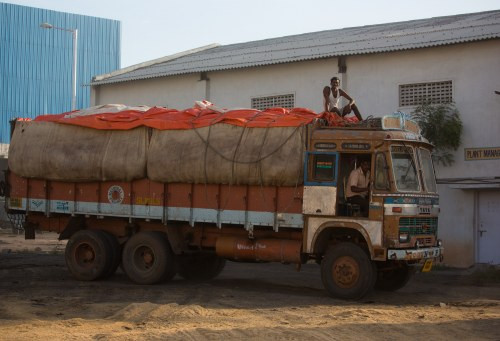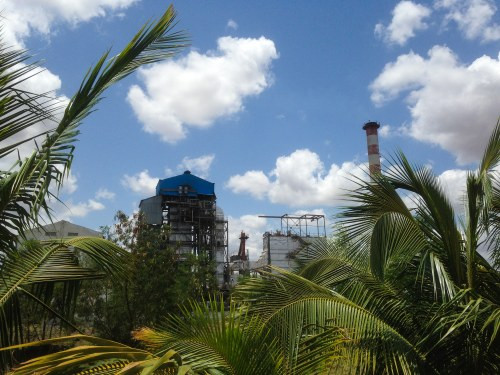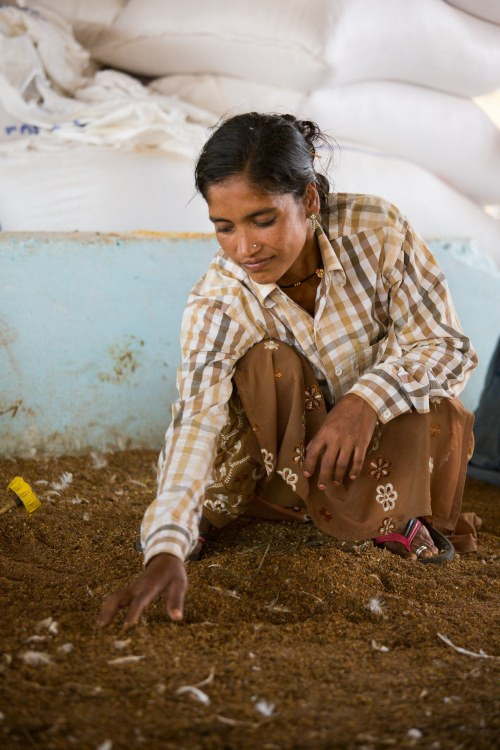O.T.S. Astracon Gruppe. CCF 2024 supports the following UN goals for sustainable development:
CARBON NEUTRAL COMPANY
O.T.S. Astracon Gruppe. CCF 2024
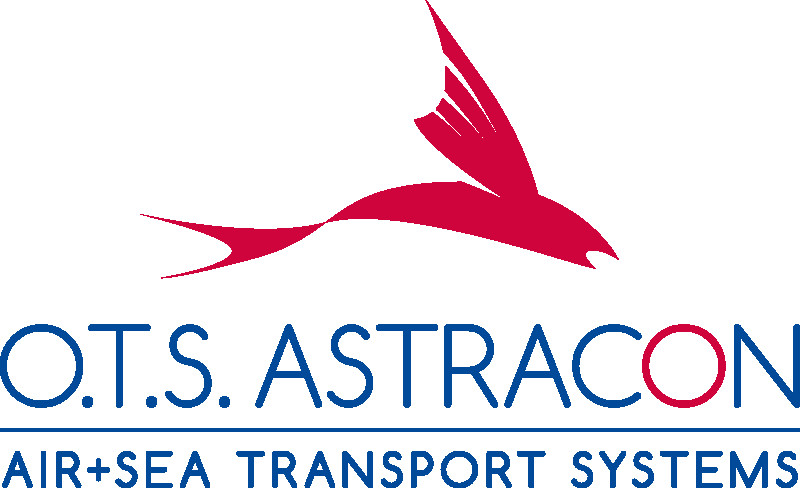
Participant ID: DE-3210-0111
Valid until: 05.04.2026
This certificate guarantees that the reported quantity of 258 tons CO2 has been calculated according to Greenhouse Gas Protocol Standard, scopes 1, 2 and 3. The resulting emissions have been saved in Gold Standard and VCS tested climate projects.
O.T.S. Astracon Gruppe. CCF 2024 has acquired shares (certificates) in climate protection projects corresponding to the calculated volume of CO2 and therefore plays a transparent part in the realisation of the projects. This ensures that the company compensates for its own CO2 emissions, and thus scales back the rise in global warming.
The projects have been certified, and the issue and closure of the certificates is registered transparently.
O.T.S. Astracon Gruppe. CCF 2024 is therefore a voluntary participant in emissions trading, and thus makes a contribution to maintaining a viable environment by reducing the emissions of greenhouse gases. The holder of this certificate makes a sustainable contribution to the commitment to tackle global warming.
Dipl.-Ing. Frank Huschka
O.T.S. Astracon Gruppe. CCF 2024 supporting climate protection projects:
BUNDLED SOLAR PHOTOVOLTAIC PROJECT BY ACME

India
The project activity is a voluntary action and each SPV will be the Project Proponent for their project activity. ACME Cleantech Solutions Private Limited as a parent company formed different SPV (Special Purpose Vehicles) for solar projects and projects are developed by name of SPVs. There are no mandatory laws or regulations existing in India requiring PP or any other party to develop a programme for renewable generation plants.
Category Standard
Carbon | VCS VER 1753
Renewable Energy from Biomass, UPPPL, India Andhra Pradesh
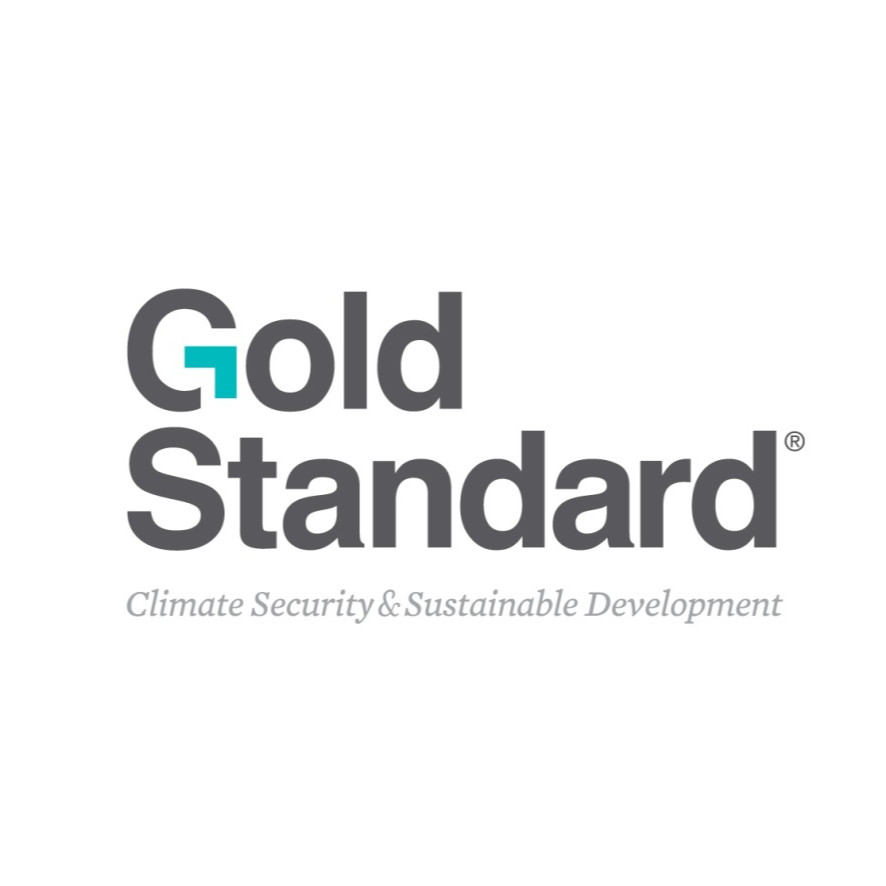
India
Fueled by poultry litter, this innovative project feeds renewable electricity back to the grid. This displaces electricity from thermal power plants in the Andhra Pradesh region, reducing emissions and supporting the expansion of the renewable energy industry. As the poultry litter is collected rather than left to decay in open fields, odour and sanitation are improved for the local villages, while job opportunities provided by the plant help boost the economy.
The Context
Category Standard
Carbon | Gold Standard 3072
HIGH EFFICIENCY WOOD BURNING COOKSTOVES IN MALAWI

Malawi
The ICS disseminated through this project will replace the baseline cookstoves. Through this project, the distribution and installation of approximately 500,000 ICS will be undertaken for households in Malawi. It is intended that under this project single pot, TLC-CQC Rocket Stove will be distributed. The ICS will burn wood more efficiently thereby improving thermal transfer to pots, hence saving fuel. Not only will this halt the rapidly progressing deforestation in Malawi but will also reduce health hazards from indoor smoke pollution and women and children will have to spend less time collecting firewood.
Category Standard
Carbon | VCS VER 2342


